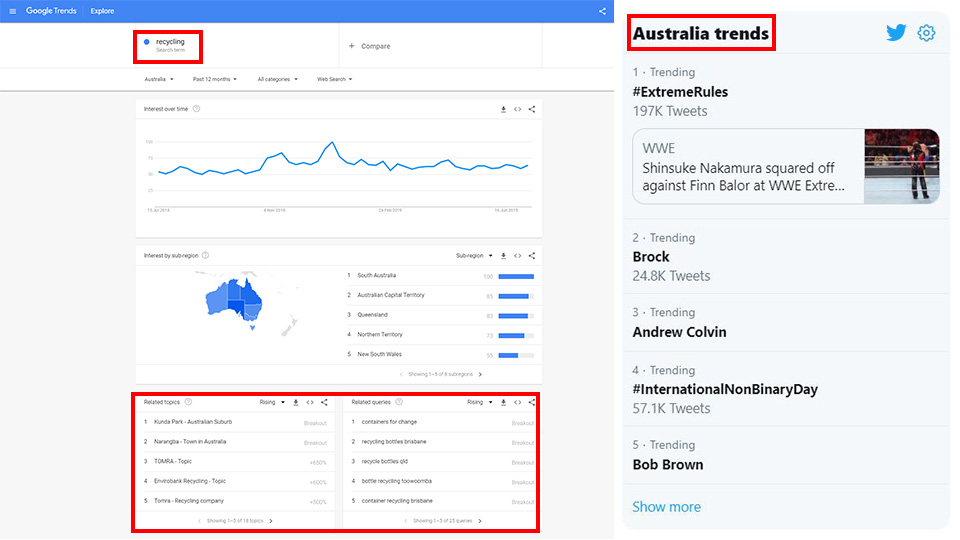Headlines work harder than any other part of an article because they influence whether your audience reads your piece or skips onto something else.
While they are often treated as an after-thought, headlines are the first and possibly only impression that you can make on a reader.
We live in a world of shrinking attention spans and buzzing smart phones with news and social media apps drawing our interest, so even the most compelling tale relies on a stellar headline to stand out.
A headline needs do a lot more than just pique audience interest though, it also has to hit your SEO targets, strike a suitable tone for social media, and ideally support or generate sales.
With all that said, crafting an effective headline is possible and just requires some research and forethought.
Here are three ways to generate ideas for high-performing headlines:
1. Use Google’s related search terms
Google’s related searches can provide significant insights into who your customers are and what they are looking for.
A good tip is to search your article topic in Google and analyse the related search results, which can be found at the bottom of the page. It’s also good to review the results that come up as auto-complete search terms as this will give you suggestions for what people are already searching for.
Don’t just complete one search though – be sure to search for a few different variations of your article topic and take note of the different results. Then incorporate any high-performing results or recurring keywords into your headlines.
If you’d like to take things to the next level, you could use paid tools such as SEMRush’s Topic Research Tool which helps identify what users are looking for and shows you where the best opportunities lie for improving headlines and your overall article.
2. Track trends on Google and Twitter
Google and Twitter trends can also highlight strong words and phrases to feature in your headlines.
Enter your article topic into Google Trends to find out which popular topics and search queries are connected to your topic.
Keep in mind that you can compare the top searches, which look at the most popular search queries, against rising searches, which measures the fastest growing queries.
Otherwise check out what is trending on Twitter for headline inspiration. If you have a Twitter account, just sign in and see what is trending next to your Twitter feed.
If you don’t have a Twitter account, you can visit Trends24 to see what is trending in different countries across the world.
Just be mindful to set your trend tool to your region (country or city) if you want to get local results. This can be particularly helpful if your business only has one location or if you are trying to target a local audience with your content.
3. Run a content workshop
A content marketing workshop can highlight key terms and phrases that are perfect for your article headlines.
Think about the sorts of questions that your clients ask you and use common questions as headlines for your articles.
These types of headlines perform really well in search engines because they match up with what your clients are searching for on Google, Bing and other search engines.
For example, if you run a lighting business and are constantly asked by clients what the best lights are for an office, then a good headline might be “What are the best lights for an office?”
That said, SEO-friendly headlines are jam-packed full of key words that may not perform well on social media. A social media audience generally responds well to a more catchy and conversational tone, so you may want to opt for the headline “These are the best lights to brighten your office”.
Remember that headlines for social media should grab the attention of your reader, as people are rarely searching for a particular topic when scrolling through a news feed.
Striking a balance between the two can be difficult, so you might want to check whether your content management system (CMS) has an option to create a main, SEO-focused headline and a separate social media headline for the same article.
Need help with your content marketing?
If you need further help coming up with effective article headlines or want an expert to run a content marketing workshop with you, Assemblo can help.
We are a full-service marketing agency based in Melbourne, with experts on digital marketing, copywriting and social media who can develop your content marketing strategy.
To see how we can help, give us a call on (03) 9079 2555 or drop us a note via the contact form below.


